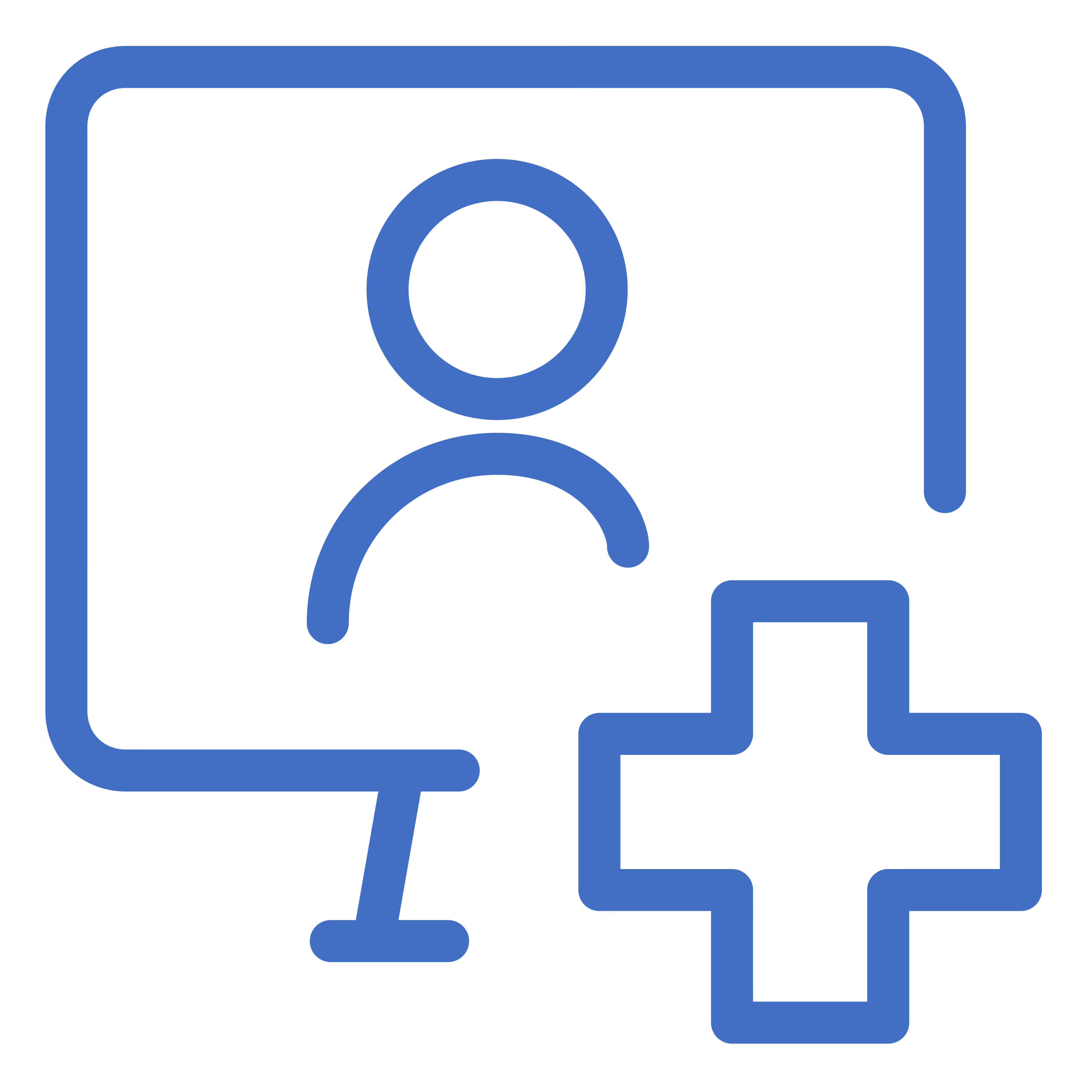Until now, patients had to physically visit a medical facility to receive their diagnostic test results.
The innovative solution provided by the Zbadani.pl platform not only revolutionizes the traditional process but also elevates the overall customer journey of medical facilities:
- enhance convenience and time-saving benefits by facilitating the online management of test results
- offers access to visual representations of their test results, overcoming previous limitations posed by specialized file formats
- ensures security by allowing controlled access to results for specific doctors and medical facilities.






































